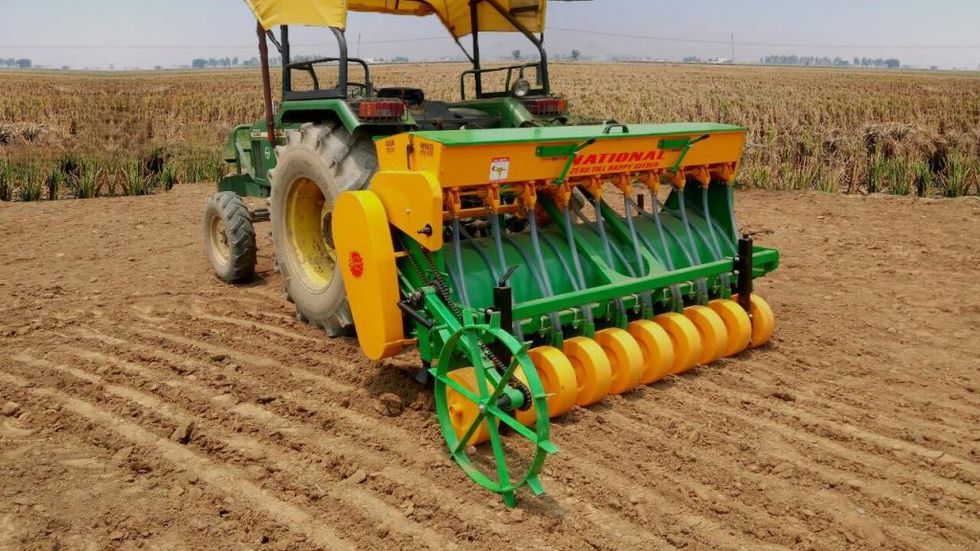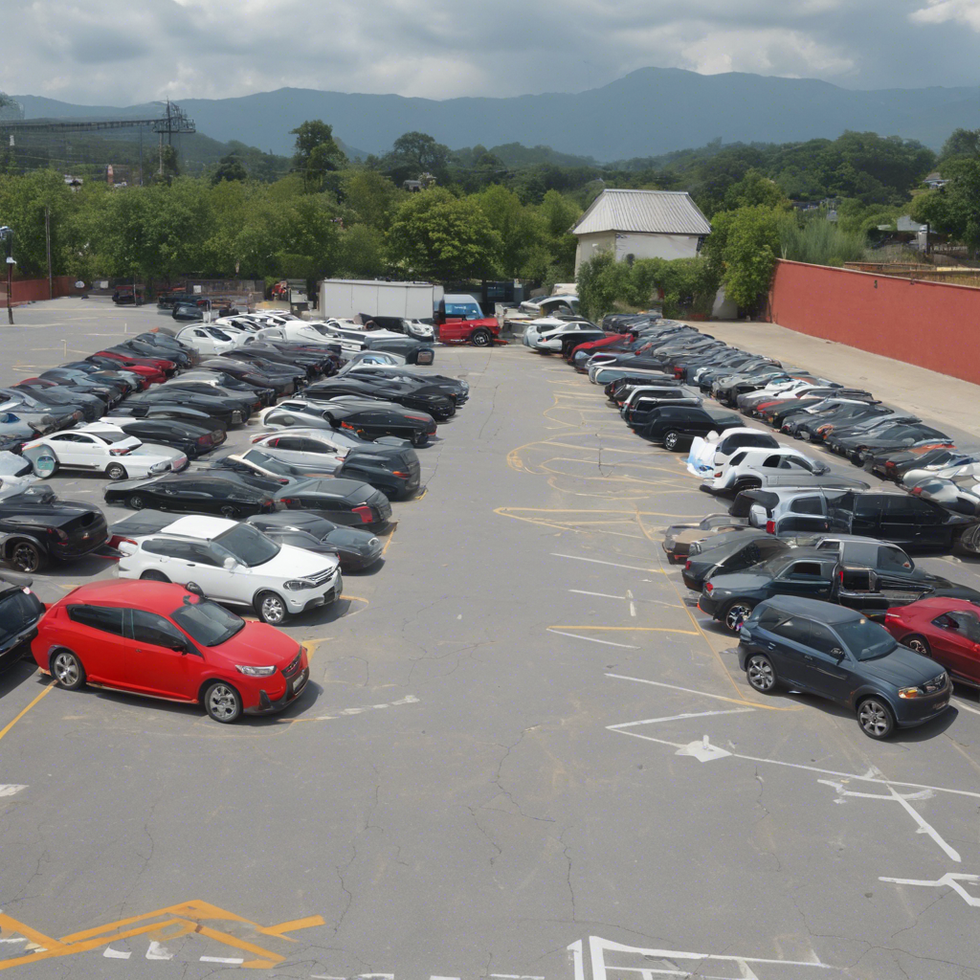.
Mechanisation is a critical input related to crop production. In the past, it was mainly ignored by developing nations. However, modern farmers understand how farm machinery can allow them to complete more activities in less time. Sowing seeds is tiring and even more complicated if the farm is enormous. For this reason, companies developed seed machines to help farmers sow seeds mechanically. These tractor implements help in boosting crop output. Seeds can be distributed consistently and properly on trays or soil using these machines. The accuracy achieved by these tractor implements is much higher than sowing seeds by hand. Big fields and large-scale nurseries require seeder machines to save time and energy and improve the quality of crops. Due to this, farmers can benefit from reduced costs. This guide will inform you about the types of seeder machines used in India. It may help you understand why you need this tractor implemented.
A Guide to Seeder Machines
A seeder machine drop seeds within a straight furrow. Seeds are sown at particular depths and precise rates. Row distribution is possible through seeder machines. Seeds are held in a hopper and then moved into tubes for dispersal. There are different kinds of seeders that come with distinct specialities. You can buy one or more depending on the type of crop. The following are the most common seeder machines found in India:
●Seed Drills: This tractor implements sows seeds by metering seeds and putting them in the ground at a suitable distance and depth. Also, it puts soil over the seed to prevent it from getting washed away or eaten by birds. Crop productivity increases with the application of a seed drill along with increased crop output. Farmers can easily perform intercultural activities in drilled crops. The spacing between the drilled crops is consistent, so they get a similar amount of nutrients, air and light. Through optimal seedling, seed per unit area can be improved. Seed planting needs to be motorised across India. Huge costs are saved as manual seeding results in the wastage of seeds. Indian farmers need to mechanise the seeding process as a lot of resources are wasted in this operation. This investment will prove profitable in the long run as the production will improve along with the crop quality.
●Roto seed drill: It can be used to sow directly after crop harvesting, like paddy. Simultaneously, it crushes and mixes the crop stubble in the soil. In addition, two boxes are placed on it for fertiliser and seeds. Thus, it can be used for multiple purposes in the field. The speciality of the machine is that it can cultivate the land, prepare the soil for sowing and apply fertiliser for seed growth. This machine has both a seed drill and a rotavator, making it more functional. In addition, it preserves soil moisture and is highly fuel efficient. The operation time is reduced as seeds and fertiliser are dispersed simultaneously. It fertilises the soil by mixing the crop residues of the last harvest. This machine can greatly benefit crops like rice, vegetables, banana and sugarcane. Farmers need to start adopting this machine as soon as possible to employ their resources to the best use.
●Happy Seeder: This machine is attached to the rear of tractors for sowing seeds in organised rows. There is no need to prepare the seedbed in advance. A three-point linkage is used to tow it, and the tractor’s PTO operates it. A happy seeder is an effective machine for sowing wheat. The rice straw is cut and sown directly into the ground. Farmers can avail of several benefits as it resolves several of their issues. It is a time-saving and eco-friendly option. The best part is that the rice straw is dug up, but the wheat is not burnt. Thus, there is no loss of organic carbon and nutrients, and air pollution is also reduced. The happy seeder is the best tractor implement if you are seeking a substitute for traditional tillage. In addition, the government is offering huge discounts and subsidies for buying this machine.
●Rice seeder: Paddy Seeder sows germinated paddy seeds in the field. Transplantation is not required. In a row, this machine can maintain plant-to-plant spacing. Thus, it not only saves men power but also time. Both wet and dry seeding can be used to seed rice directly. Farmers need to drill the seed to a depth of 2-3 cm for dry seeding. Fields have to be levelled, harrowed and flooded for wet seeding. This machine prevents repeated flooding, which avoids soil degradation. It is highly beneficial for farmers as it uses less amount of water. In addition, it saves seeds, fuel and labour while solving the issue of labour scarcity. Thus, the production cost is decreased while the yield increases. It covers the seed with the soil, which helps in suitable germination and prevents bird damage. Direct seeding does not need a nursery, and seedlings do not have to be transplanted. Thus, the labour requirement is negligible. Farmers have the freedom to cultivate paddy at any time.
●Disc Seeder: It is used for the combined operation of soil preparation, seeding and fertilising. The remaining paddy residue can be ploughed utilising this machine. In a single process, the next crop can be easily sown. It is famous for being an eco-friendly and time-saving method. This tractor attachment is usually beneficial for no-till agriculture. Seeds are directly incorporated into the ground. The seed-soil contact is optimal and improves productivity. No seed is lost to birds as it is sealed into the ground. Two of the main benefits of this machine include wastage reduction and improved germination. It is an excellent machine for areas where irrigation facilities are not available. India suffers from the lack of proper irrigation in most states. Farmers are dependent on rain to irrigate the farms. When this machine is used, seeds are directly placed in the soil where temperature and moisture are consistent. In this manner, heat cannot damage the seeds.



 StableDiffusion
StableDiffusion
 full parking
StableDiffusion
full parking
StableDiffusion


 Photo by
Photo by 
 Photo by
Photo by  Photo by
Photo by 





